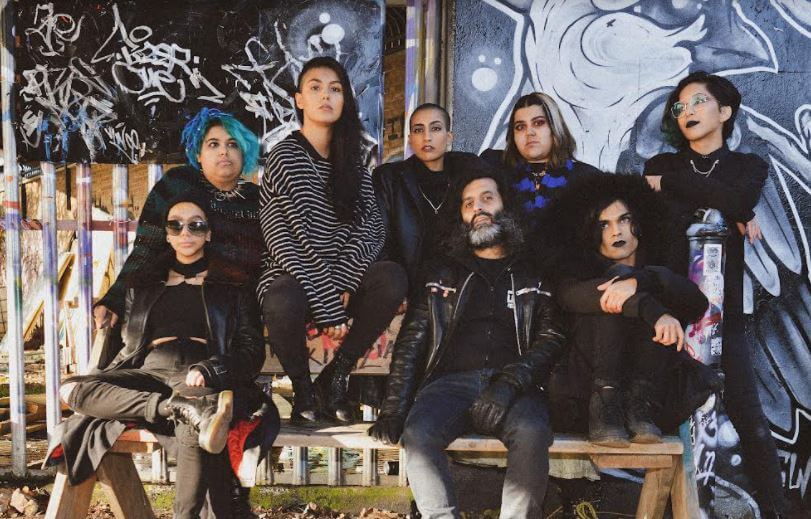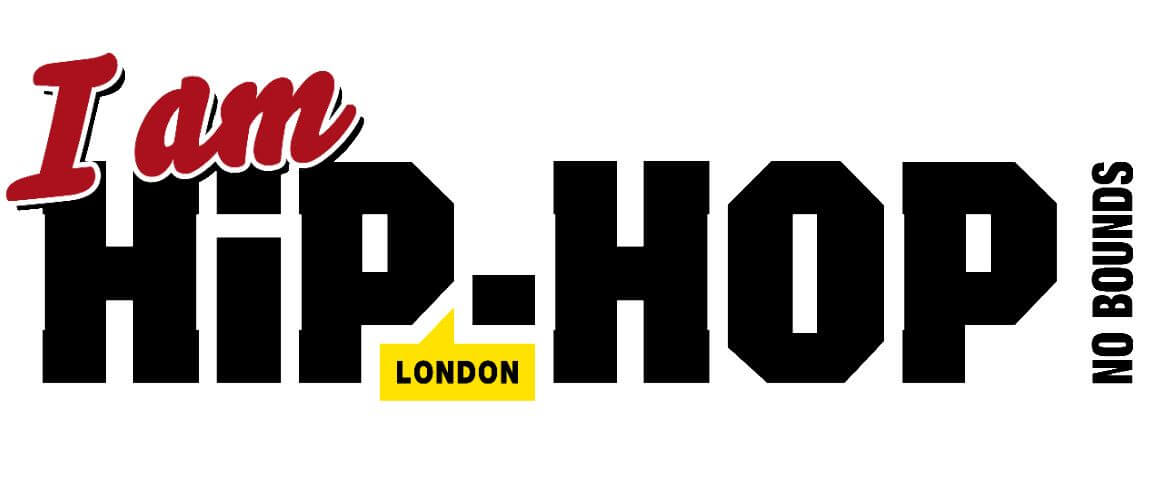 “Weirdo” is a slur I know all too well. This was mainly from being one of the few brown kids in my school who gave a sh*t about the history of Rock. I played guitar, had unruly hair and was fascinated by the shared etymology of hippie and Hip Hop. My peers on the other hand, ate their spoon fed diet of 50 cent, Kanye West and whatever the system told them to like. Their favourite genres of music being Current!, New! and Commercial! (*sigh).
“Weirdo” is a slur I know all too well. This was mainly from being one of the few brown kids in my school who gave a sh*t about the history of Rock. I played guitar, had unruly hair and was fascinated by the shared etymology of hippie and Hip Hop. My peers on the other hand, ate their spoon fed diet of 50 cent, Kanye West and whatever the system told them to like. Their favourite genres of music being Current!, New! and Commercial! (*sigh).
South Asian rock bands such as Cornershop, Asian Dub Foundation and Fun Da Mental really communicated to me with their use of South Asian samples and instruments and were proud additions to my cd collection alongside Nirvana, Screaming Trees and Sonic Youth. My education on most of these artists In the early to mid 2000s came from online FAQs as these artists were rarely featured in the print media of the time.
NME, Q and Kerrang rarely seemed to focus on artists of colour and perpetuated the idea that Rock was just for white kids, with brown kids represented as only listening to Bollywood, Bhangra and Hip Hop. My peers seemed to lap up the stereotyping and any brown kid into Rock was seen as different and strange.
Part of my education in the history of Rock also involved learning about underground Zine culture, zines were grassroots and often homemade magazines that served well to document and promote underground cultures such as Punk when the mainstream media was not concerned. These zines fostered a sense of community and enabled communication between fans, they were vital to growing movements in the pre internet era. According to author and zine collector Hamja Ahsan , who also ran the legendary zine festival DIY cultures, it was the internet era that killed zines in the mid to late 90s and digital fatigue in the 2010s that saw a resurgence of zines in recent years. According to Hamja, “…Zine culture is now bigger than ever.”
As a South Asian Grunger it is a joy to finally see a zine that covers South Asian alternative subcultures.
Naz Toorabally (of Naz & Ella fame) is the founder and editor of Weirdo, which is not only a zine but a community that seeks to represent alternative South Asians who often get overlooked by a mainstream media. The FAQ on the Weirdo website describes its contributors as “…the freaks, the outsiders, and the misunderstood of South Asian descent.” The website also features a blog on alternative South Asian music and fashion as well as a database of alternative South Asian artists. It’s a welcome mission.
“While there are platforms dedicated to alternative people of colour who are doing incredible work, I wanted to create something that focused specifically on the South Asian community”;
“As a musician, I’m tired of the alternative music scene being dominated by white men. It’s time for the alternative music industry to recognise and support the diverse talent out here and for South Asians in music to support those of us making music in the alt scene.” — Naz Toorabally
Issue 1 of the zine, on Subculture, was released in March 2020 and Issue 2 on Music was published in November this year. This Music Issue is over 100 pages with colour photographs and features interviews with South Asian artists making alternative music, from 90s giants such as Sonya Aurora Madan of Echobelly and Ian D’sa of Billy Talent as well as newer artists such as Ms. Mohammed and Nadia Javed of The Tuts.
The issue comes with a handy QR code linking to a Spotify playlist featuring the artists interviewed, guiding the reader through the journey and an Editors Letter/mission statement from Naz;
“…I hope that through WEIRDO we can – at the very least – help diversify the perception of South Asian people to include those of us who identify with alternative subcultures”.
Naz also touches on why this issue specifically focusses on music;
“People of colour in music have long been pigeonholed as creators and listeners of a narrow list of genres, ultimately leading to the whitewashing of rock and alternative music (and other genres like country and folk).”
Without spoiling the contents, an illustrated hall of fame featuring sketches of South Asian members of Sum 41, Soundgarden and No Doubt as well as some of the issue’s interviewees brought a flood of nostalgia over me.
The interviews feature passionate musicians talking about why they do what they do, with common themes including the liberating nature of Punk, fighting racism and the varying levels of support the artists had from their families as well as words of advice for aspiring alternative South Asian musicians. These are brought to life by the photographs of artists in action.
Weirdo Issue 2 provides a fascinating insight into a group of musicians that often get overlooked by the mainstream and will serve as a testament to the UK South Asian Alternative scene in years to come.
Weirdo Issue 2 is out now (print and digital) at https://www.weirdozine.com/
Photo by — Arhantika Rebello
Twitter: www.twitter.com/arhantika
Instagram: www.instagram.com/arhantikarebello
DJ ISURU
Latest posts by DJ ISURU (see all)
- REMEMBERING DJ AND ACTIVIST DAVE WATTS — October 31, 2024
- AVA DUVERNAY’S ‘ORIGIN’ IS ULTIMATELY A STORY ABOUT LOVE | INTERVIEW WITH DR SURAJ YENGDE — March 12, 2024
- THE LIFE OF BENJAMIN ZEPHANIAH… THE POET, ACTIVIST AND AUTHOR — December 8, 2023
